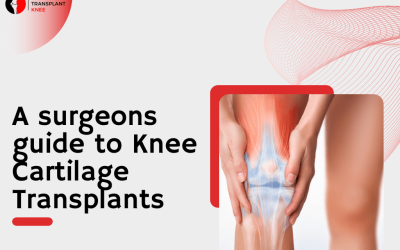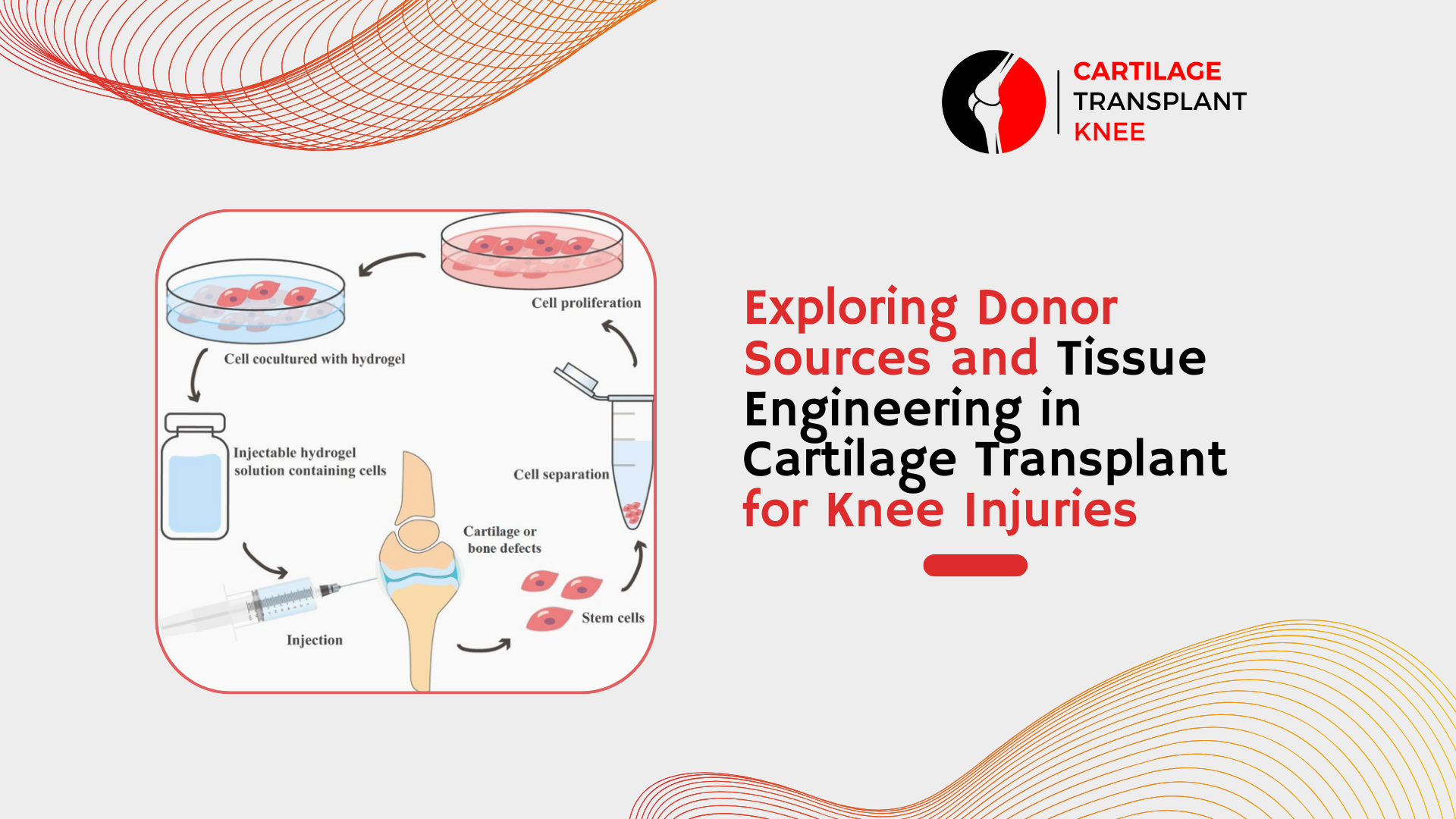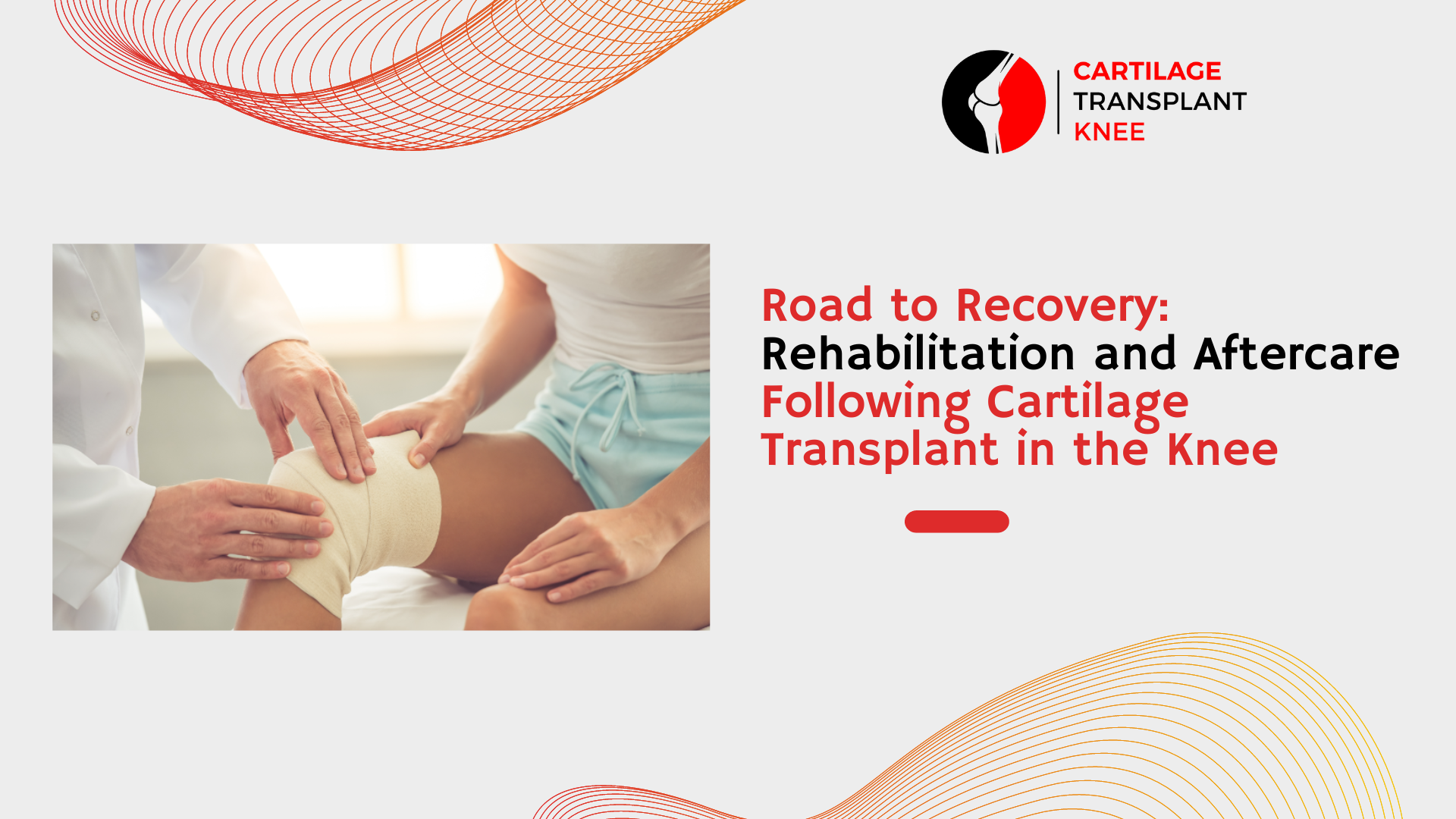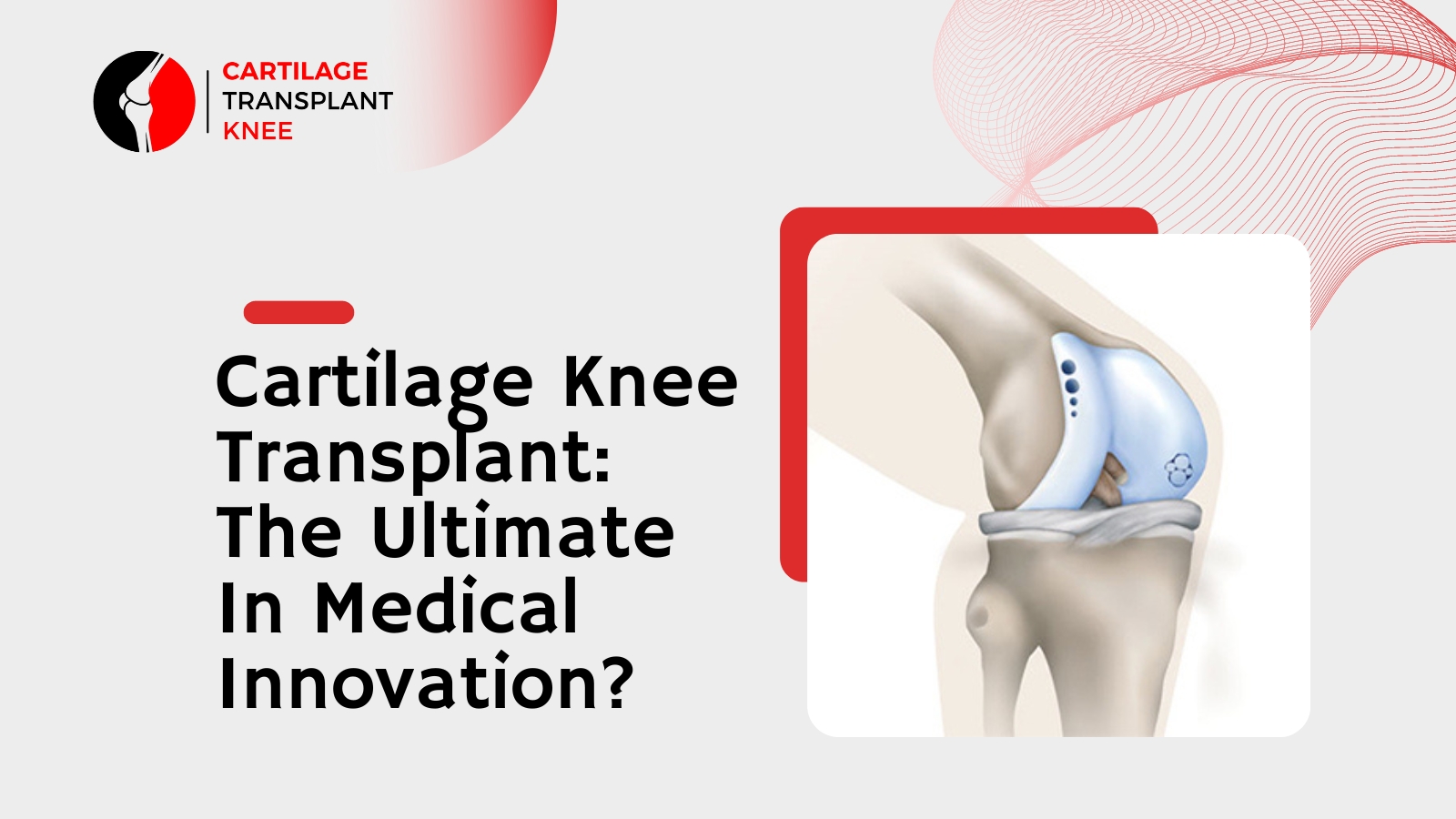Knee cartilage transplants are a standard procedure in the medical industry. They are used to improve the function of a knee by replacing some or all of the Cartilage in that knee. There are many different types of knee cartilage transplants, so it can take a lot of work to know what you need before Surgery. This blog is designed to help you understand what you need to know about knee cartilage transplants and how they work.
What is knee cartilage transplantation, and what are the risks and benefits?
Knee cartilage transplantation is a surgical procedure that uses donated knee cartilage to help a patient recover from an injury. There are two main types of knee cartilage transplants: a first-time surgery, which is used for people who have never had an injury, and a salvage surgery, which is used for people who have had an injured knee but still need the Cartilage.
The different types of Surgery involved in knee cartilage transplantation can vary depending on the severity of the injury and the available donor tissue. First-time surgeries usually involve only a partial or total replacement of the kneecap. Salvage surgeries involve replacing all or part of the kneecap as well as other parts of the leg.
There are several risks and benefits associated with knee cartilage transplantation that should be considered before proceeding:
1) The possibility that the donated tissue may not meet your specific needs. If you have any existing injuries, you may not be able to repair them with donated tissue.
2) The risk that you will experience side effects from the Surgery, such as pain, swelling, and altered function. These side effects can range from mild to life-threatening and can require medical attention if they occur while you are healing from the Surgery.
3) The risk that you may not be able to return to your normal activities completely after Surgery. This could include difficulty walking or participating in regular activities such as work or school.
4) The possibility that you may not be able to use your reconstructed knee fully following Surgery. This could lead to physical activity or mobility limitations, which could impact your quality of life materially.
5) The potential for long-term complications after Surgery, including arthritis, joint instability, and even death if left untreated. Before making any decisions, it is important to speak with a healthcare professional about whether or not knee cartilage transplantation is right for you.
What are the different types of Surgery involved in knee cartilage transplantation?
Two main types of Surgery can be performed on donated knee cartilage: a first-time surgery, which is used for people who have never had an injury, and a salvage surgery, which is used for people who have had an injured knee but still need the Cartilage.
The two main types of Surgery involve:
1) A partial or total replacement of the kneecap.
2) A replacement of all or part of the kneecap as well as other parts of the leg.
3) A kneecap reconstruction using another person’s pre-existing donor tissue.
4) A repair of the knee causing pre-existing donor tissue from another person.
5) A reconstructed kneecap that uses pre-existing donor tissue from another person with permission from the original owner.
There are also several other types of surgeries that can be performed on donated knee cartilage, depending on what type of Surgery you are going to perform:
6) Reconstruction using only slicing techniques
This is used for people who have limited ability to heal their injury on their own and need help from a surgeon to replace all or part of their kneecap. This type of Surgery is usually done in combination with a first-time Surgery in order to maximize benefits for both patients.
7) Reconstruction using multiple techniques
This is used for people who have some degree of Restoration ability and want to combine different surgical techniques in order to achieve better results. This Surgery can be done alone or in combination with a first-time Surgery.
8) Reconstruction using tissue engineering
This is a new technique that involves growing human cells within the body rather than relying on donated Cartilage. This technology has been recently gaining popularity due to its potential implications for regenerative medicine and regenerative medical procedures in general. There is still much research that needs to be completed before any definitive pronouncements about its potential clinical applications can be made.
What to Expect After Surgery.
The Surgery to perform a knee cartilage transplant will involve removing the entire kneecap and then repairing or replacing the Cartilage with a new piece of tissue. This can take many months to complete, so be prepared for a long and difficult process.
What Will Be the Effect of the Knee Cartilage Transplant?
After Surgery, you may experience some short-term side effects, such as pain or swelling around your knee. These effects will dissipate within several weeks, but you should continue to follow your doctor’s instructions for taking care of your knee.
How long will the knee cartilage be in use after Surgery?
Your kneecap will be in use for about six months after Surgery, but it may take up to two years for the new tissue to fully function and adjust to your new lifestyle.
How to Follow Up After Surgery.
After Surgery, the knee cartilage will be carefully cleaned and cut into small pieces. These small pieces will be used to replace the lost Cartilage in the knee. The procedure will usually take about two days, and you’ll be able to return to your normal activities within a few weeks.
How will the knee cartilage be used after Surgery?
The knee cartilage will likely be used for a variety of purposes, including helping to improve movement and balance, returning strength to the knee, and reducing pain and inflammation. It’s also possible that it may be used as a source of joint replacement surgery in patients who are not able to maintain their own bone density or function well due to injuries or diseases.
How will the knee cartilage be replaced?
After Surgery, a team of surgeons may use a process called autologous hematopoietic stem cell transplantation (HCT) to replace lost Cartilage with fresh cells from another person’s skin or bone marrow. This process can take up to six months and is typically done in patients who have failed other treatments for their Cartilage Deficiency Syndrome (CDS).
Conclusion
After Surgery, you will likely have a knee cartilage transplant. The risks and benefits of this procedure are complex, but there are some key points to keep in mind. First, you will need to be prepared for Surgery. Second, the knee cartilage will be removed and replaced. Following Surgery, you will need to take care of your newly transplanted knee cartilage.









